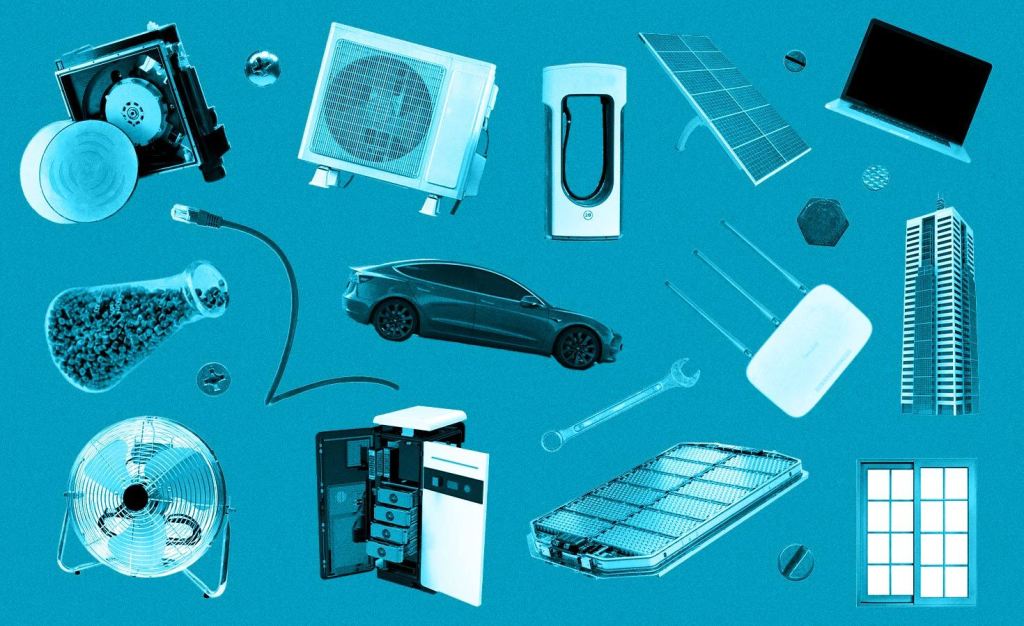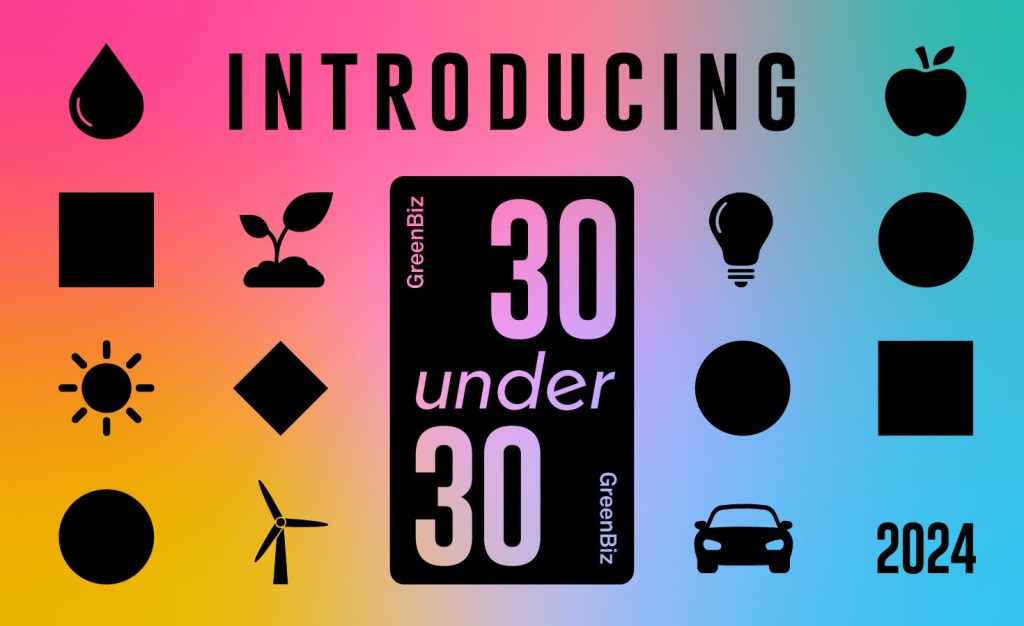Lyft's IPO filing reveals there's still a long road to sustainable transportation
And five details about the company's mobility programs and city relationships. Read More

This article is drawn from the Transport Weekly newsletter from GreenBiz, running Tuesdays.
Lyft’s co-founders Logan Green and John Zimmer — two entrepreneurs with environmental-leaning and transportation-planning(ish) backgrounds — finally “made it” in the Silicon Valley sense.
On Friday, the ride-hailing company filed an S-1, indicating that it plans to go public soon. This particular document is often times the first glimpse at a private company’s financials and overall plans, and Lyft’s S-1 doesn’t disappoint.
The main thing that the S-1 reveals to me is the yawning gap between the founders’ vision of Lyft as a sustainable transportation company and the reality that Lyft faces in operating a ride-hailing company that relies on individual gas-powered vehicles in an ultra-competitive market.
Lyft’s founders write: “It’s time to redesign our cities around people, not cars.” Yet the company’s ride-hailing network is largely based on an influx of cars driving around cities offering single-occupancy rides. There’s just an inherent disconnect here in their goal and current reality.
Green and Zimmer say they want Lyft to “play a large role in driving carbon out of the transportation ecosystem.” Yet the filing never mentions the words “electric vehicles,” nor does it offer discussion around how ride-hailing actually has increased congestion in certain cities. In addition, over the past few years, carbon emissions from transportation have gone up in many places around the world, including Lyft’s own home base, California.
Lyft wants to be friendly with cities, working with them on programs (Green was formerly the youngest named board member for the Santa Barbara Metropolitan Transit District). But the S-1 also details how Lyft is fighting cities in certain markets over some issues. For example, Lyft is suing the city of New York over proposed minimum earnings for drivers.
In reality, Lyft is addressing the carbon emissions from its drivers’ vehicles largely through buying carbon offsets (which is good but, hey, offsets), promoting shared rides on its network (also good, but currently small), and building out its scooter and bike sharing networks (more of a competitive advantage). It also just started to include info about “Nearby Transit,” options, but this is limited. Last month Lyft also launched a vague plan to encourage more electric vehicles in its network, but that program, too, is very limited.
Its overall environmental work is a marginal part of its business, not a defining factor.
I can speculate that this wide gap between the environmental vision and the reality is that ride-hailing is a money-hemorrhaging, ultra-competitive business and reducing single-occupancy gas-burning vehicles is a very hard problem to solve. Lyft’s $911 million net loss for 2018 appears to be the largest net loss for a company entering the public markets for the first time, says Axios’ Dan Primack.
Yikes. In reality, the company doesn’t appear to have a lot of capacity to invest in do-gooder programs, not to mention a substantial overhaul, and now just needs to be ruthless to keep operating.
While Green and Zimmer will be awarded the monetary payoff from the IPO, I wonder how they feel about Lyft’s current role in sustainable transportation. Do they see this gap in their vision, or does winning in the Silicon Valley sense start to change the way they see the world?
Here are five tidbits from the S-1 around mobility, city-relations and carbon emissions:
1.Micromobility projects are small: Lyft’s scooter and bike sharing initiatives are currently a very small part of the company’s overall $2.2 billion in revenue for 2018. Lyft classifies them as “not material” to the company’s revenue. That’s despite that Lyft bought bike share company Motivate for $250 million (confirmed in the S-1), gained 200 Motivate employees, and is pledging to invest $100 million into Motivate’s New York bike share network.
2. Micromobility adds ownership costs: Lyft has built its ride-hailing business around working with close to 2 million drivers that largely own their own cars to drive around passengers. But by branching out into running bike and scooter sharing networks, Lyft has assets and infrastructure it needs to maintain. Lyft estimates that the estimated useful life of the scooters it uses is “less than 12 months.” (Although it’s probably much smaller than that if it’s not using locks).
3. The Lyft brand and social responsibility: Lyft repeats throughout its S-1 that its brand as a socially responsible company is key to its growth and is a strategic differentiator. That’s particularly valuable in comparison to how many perceive Uber’s brand as a “growth at all costs” company. If true, Lyft would benefit in a brand sense from much more substantial initiatives around electric vehicles (Uber has a unique electric program in London), working with cities around dealing with congestion and other environmental programs.
4. Lyft is actually shifting some car ownership behavior: Lyft offers up some data about how its service is helping riders (30 million, including 18 million that ride regularly) opportunities to give up their cars. Lyft says 46 percent of its riders use their cars less because of Lyft, and 14 percent of riders use Lyft to connect with public transportation. Lyft also estimates that over 300,000 riders have given up their personal cars because of Lyft.
5. Relationships with automakers are complicated: Lyft names automakers as competitors, but also has a major automaker backer. General Motors owns 7.76 percent of Lyft’s shares before the offering. Meanwhile, Lyft names “traditional automotive manufacturers,” such as BMW, that have entered the ride-hailing market as competing in the same markets.
Updated on March 6 to include information about Lyft’s Green Cities Initiative.













